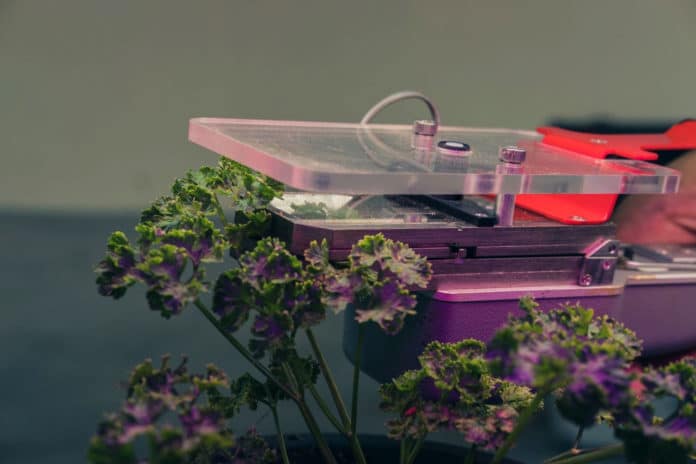Artificial photosynthesis is a process that mimics natural photosynthesis. It includes an enzyme bed reactor to fix CO2 in the air to increase fuel security and provide a sustainable global economy.
With increasing energy demands, there is a requirement for viable alternatives to fossil fuels. Hydrogen is one such alternative. Hydrogen can be consumed in simple fuel cells for energy, leaving behind only water.
Water splitting is a method of producing hydrogen. The water molecules are broken into molecular hydrogen and oxygen in this method. In artificial photosynthesis, light is absorbed to generate the energy needed to break up water molecules.
However, the process remains too slow. Water oxidation with visible light is still a bottleneck for artificial photosynthesis.
Astrid Olaya, a chemical engineer at EPFL‘s Institute of Chemical Sciences and Engineering (ISIC), said, “The problem is that it’s hard to find electrode materials with high chemical stability, suitable optoelectronic properties, and high catalytic efficiency.”
In a new study, chemical engineers at EPFL have developed a new approach to artificial photosynthesis. They develop a method to harvest solar energy that produces hydrogen as a clean fuel from water.
The team photo-oxidized water using a simple organic molecule called tetrathiafulvalene (TTF). They found that the salt version of TTF can self-assemble into microrods that act as antennas to capture the visible light and as electron pumps to oxidize water to oxygen.
Olaya said, “Usually, this is a slow, multistep reaction, but the stack of TTF salt molecules can capture the four electrons needed to oxidize a molecule of water.”
“We also used water in an oil emulsion. The TTF antenna can reside in the oil phase close to the water phase, where the protons produced from water oxidation are extracted.”
“As in natural photosynthesis, the biphasic system allows an efficient separation of the reactants and products.”
“TTF is made up only of carbon, sulfur, and hydrogen atoms, which are all widely available. That means that the new method is also cost-effective and sustainable since it doesn’t require any precious metal ions, such as platinum or iridium. This work is a new way of approaching artificial photosynthesis with just a few simple organic molecules.”
Journal Reference:
- Astrid J. Olaya, Julieta S. Riva et al. Visible-Light-Driven Water Oxidation on Self-Assembled Metal-Free Organic@Carbon Junctions at Neutral pH. JACS Au 11 November 2021. DOI: 10.1021/jacsau.1c00408
